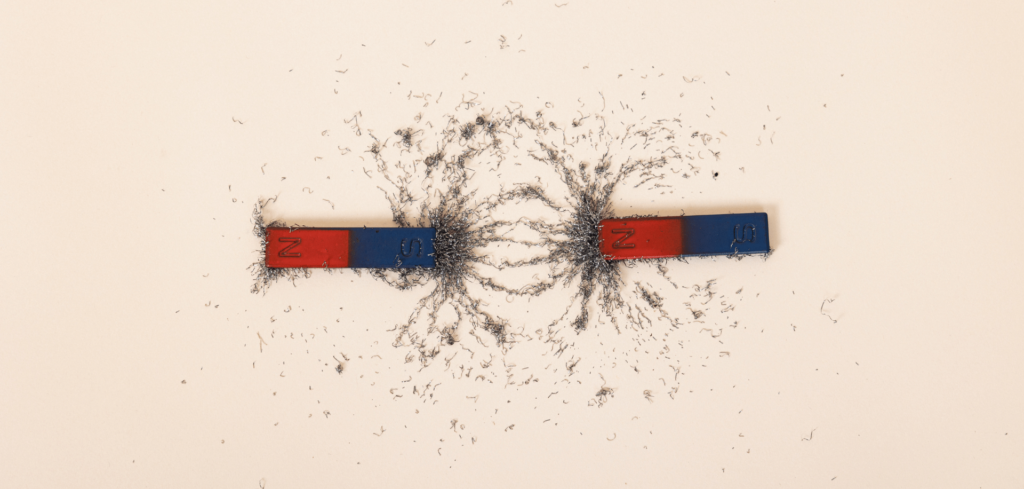Hall Constant
Hall coefficient – a thermophysical measured variable
If a current-carrying conductor is located in a magnetic field, the Lorentz force acts on the charge carriers perpendicular to the current and magnetic field direction. The resulting charge separation is called Hall effect and results in a measurable Hall voltage.
This is proportional to the Hall coefficient and the magnetic field strength. The Hall coefficient and its sign in turn depend on the charge carrier density and the type of charge carriers.
In a doped semiconductor, either negatively charged electrons or positively charged “holes”, ie missing electrons, can be responsible for a current flow.
In a conventional electrical conductor such as copper, however, only electrons flow.

Measurement of the Hall coefficient
The Hall coefficient can be measured if the magnetic flux density of the magnet used is known, by determining the conductor thickness, the Hall voltage and the current intensity.
The effect described above allows a non-contact and precise measurement of magnetic fields. However, using a permanent magnet with known magnetic flux density, a whole range of other parameters can be determined.

Practical application of the Hall coefficient
This is used for example in the automotive industry, where numerous sensors for example for the measurement of speed, level or torque are used. Thanks to contactless measurement, Hall effect sensors are hardly susceptible to external influences and therefore wear-resistant.
Even very strong magnetic fields, such as those used in magnetic resonance imaging (MRI) can be determined by means of the Hall effect.
Presence of the Hall coefficient in practice
The Hall coefficient is used in numerous technological applications:
- Electronic devices: it is used to determine magnetic fields in mobile devices such as smartphones and tablets.
- Industrial sensors: In automation technology, they contribute to precise position detection.
- Space technology: Measuring magnetic fields in satellites and spacecraft is essential for navigation and research.
- Scientific instruments: Research institutions use the Hall effect to study the magnetic properties of materials.
These diverse applications demonstrate how the Hall coefficient and Hall effect help solve complex metrology challenges in a range of disciplines.